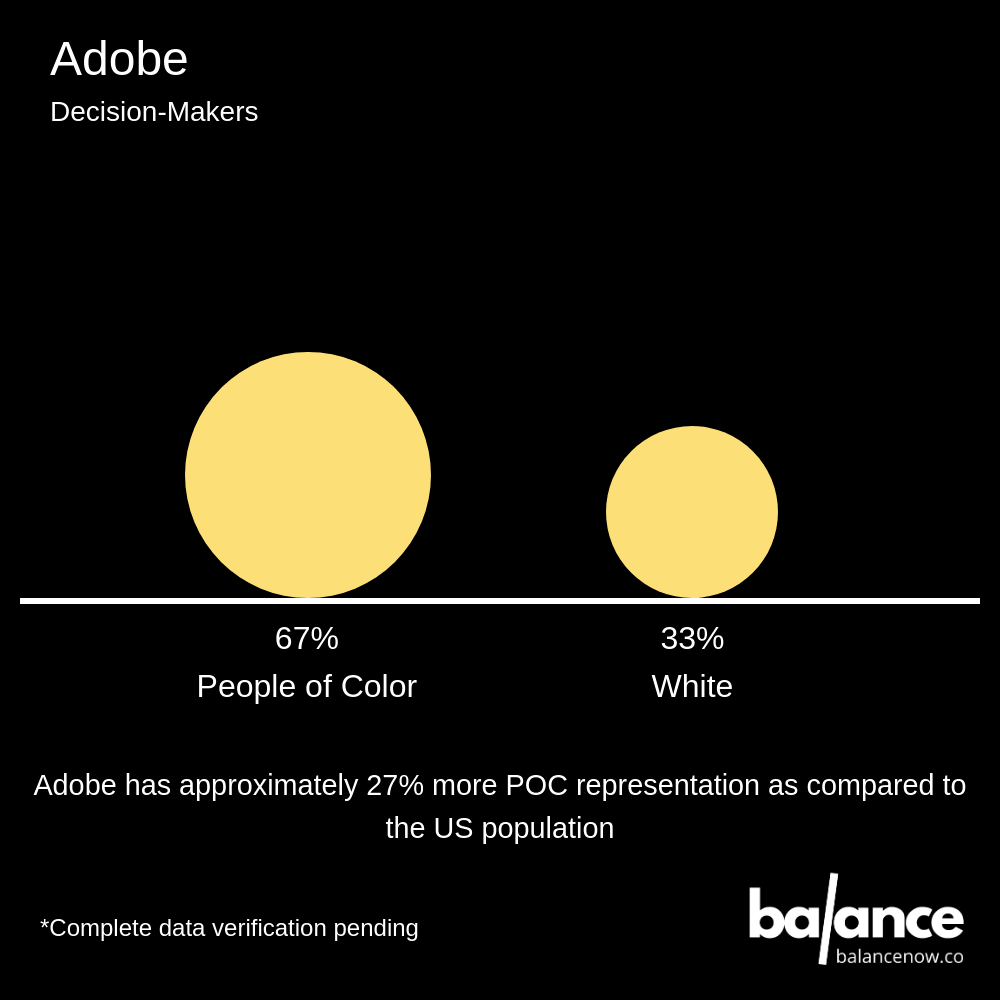How inclusive are the 7 tech products you interact with daily?
As of present time, inclusion of people on the basis of talent and to avoid homogeneity in the tech community has been a major concern and point to talk about. Unjust facial recognition which makes facial recognition for People Of Color (POC) inconvenient is one example of how the tech community did not have any inherent consideration for diversity and inclusion when building these platforms. Factors like geographical constraints have only contributed to this problem, since seventy-five percent of venture capital funding is concentrated in just three states — New York, California, and Massachusetts — and more than 90% of technology-intensive innovation-sector growth between 2005 and 2017 occurred in just five metro areas, of which four — New York, Boston, San Francisco, and San Jose — are in those three states. Let us talk about some premier tech companies and what have they done in terms of diversity.

1. Adobe: Were you to Google diversity in Adobe, there is a fully fledged yearly review devoted only to it. Their global workforce had around 33.5% women, nearly 30 percent people who are Asian, nearly 2.5 percent African Americans. Nearly 42 percent of their global workforce had POC.
2. Intel: Intel’s office in the USA has 12 percent women and the environment cultivates a healthy gender balance. While there has been discussion over gender wage gaps, racism and equal pay at Intel, the discussion merely remains representative rather than substantial.
3. Hewlett and Packard: There is a lot of positive reinforcement at HP merely due to the empowerment of women at Hewlett-Packard as well as the empowerment of LGBTQ employees. HP has a majorly positive image when it comes to inclusion. 39 percent of their workforce is people of color.
4. Oracle: Oracle has a significant emphasis on college graduates, and while they have heavy representation of POC in leadership fields, there is also the question of sexism and unequal pay, gender pay gaps at Oracle. They have however also employed 39 percent females in their workforce which really enforces the women in tech idea.
5. IBM: While there is a lack of women in leadership roles, IBM has around 24 percent POC in their workforce. IBM is known to be women friendly especially to new mothers despite minor discrepancies in being more focused on white men in leadership roles.
6. Microsoft: Microsoft largely celebrates cultural empathy and has 19 percent people of color in their workforce and around 26 percent women. They do have a significantly positive work environment
7. Cisco: They have hugely significant positive sentiment towards their mission to help women thrive in the workplace. They have an overwhelmingly positive representation with around 47 percent people of color and 30 percent women in their workforce.
To conclude, diversity and inclusion in tech is one major area of social responsibility these tech giants could address effectively in their hiring process, decision-making and other aspects of growth.



